Alistair Sutcliffe080583950X, 9780805839500, 9781410607157
Table of contents :
TeamLiB……Page 1
Cover……Page 2
Contents……Page 7
Preface……Page 13
1 Background and Usability Concepts……Page 19
Design Problems……Page 21
Multimedia Architectures……Page 24
Virtual Reality Architectures……Page 27
Tangible User Interfaces……Page 30
Definitions and Terminology……Page 32
Physical Media Formats and Storage……Page 34
Logical Media Definitions……Page 36
Summary……Page 41
Vision……Page 42
Audio Modality: Hearing and Speech……Page 49
Haptic Sense: Touch……Page 52
Olfaction and Gustation……Page 53
Sensory Integration and Motor Coordination……Page 54
Comprehension and Cognitive Models……Page 55
Working Memory……Page 60
Long-Term Memory……Page 61
Organization of Memory……Page 63
Thinking and Problem Solving……Page 67
Mental Models……Page 68
Levels of Reasoning……Page 69
Attention……Page 71
Motivation and Arousal……Page 73
Emotion……Page 76
Principles for Multisensory User Interface Design……Page 77
General Multimedia Principles……Page 78
Principles for Virtual Reality Applications……Page 79
Conventional HCI Principles……Page 80
Summary……Page 81
3 Models of Interaction……Page 83
Modeling Multisensory Interaction……Page 85
Models of Multimedia Interaction……Page 86
Multimedia Conversations……Page 89
Cognitive Resources……Page 93
Task-Action Model……Page 100
System Initiative Model……Page 103
Exploration and Navigation……Page 105
Context Switching……Page 106
Design Features……Page 108
Integrating Resources and Action……Page 109
Multimedia Interaction……Page 111
Virtual Reality Walkthrough……Page 112
Navigation-Exploration Cycle……Page 115
System Initiative Cycle……Page 117
Error Diagnosis and Recovery……Page 121
Summary……Page 124
4 Multimedia User Interface Design……Page 126
Design Method Overview……Page 127
Design Approach and Technology……Page 129
User Characteristics……Page 131
Domain Modeling……Page 133
Task and Information Modeling……Page 135
Information Types……Page 137
Information Analysis……Page 140
Media Selection and Combination……Page 142
Media Selection Guidelines……Page 144
Aesthetic Motivations……Page 152
Presentation Scripting……Page 156
Window Management……Page 158
Hypermedia Dialogues……Page 161
Designing the Reading or Viewing Sequence……Page 166
Media Integration and Design for Attention……Page 167
Salience Effects in Single Media……Page 171
Case Study Example……Page 174
Summary……Page 176
5 Designing Virtual Environments……Page 178
Introduction……Page 179
Development Approach……Page 180
Task and Requirements Analysis for Virtual Environments……Page 182
Task and Domain Models……Page 185
Business Park Exploration : Case Study Example……Page 190
Virtual Environment Design……Page 191
Selecting Modalities and Interactive Devices……Page 196
Pointing and Selecting……Page 198
Haptic Interaction……Page 199
Selecting Communication Modalities……Page 202
Designing the User Presence……Page 203
Designing the Presence of Others……Page 206
Business Park Example……Page 210
Design of Interactive Agents……Page 211
Viewpoint Controls……Page 214
Navigation and Movement……Page 215
Adding Interaction Support……Page 217
Summary……Page 218
6 Evaluating Multisensory User Interfaces……Page 220
Benchmark Evaluation……Page 221
Diagnostic Evaluation……Page 222
Data Analysis and Classification of Usability Errors……Page 224
Eyetracking Analyses……Page 227
Assessing Attractiveness……Page 228
Assessing Multimedia Web Sites……Page 231
Case Study: Web Site Evaluation……Page 233
Evaluating Virtual Reality Applications……Page 239
Expert Evaluation for Virtual Reality……Page 240
Heuristic Evaluation……Page 241
Walkthrough Evaluation……Page 243
Diagnostic Evaluation……Page 252
Summary……Page 258
Educational Applications……Page 259
Learning Environments……Page 260
Social-Level Learning……Page 261
Scripted Presentations and Hypermedia……Page 265
Interactive Microworlds and Active Engagement……Page 268
Virtual Prototyping……Page 272
Requirements Analysis With Virtual Environments……Page 273
Designing Virtual Prototypes……Page 274
Scenario-Based Requirements Analysis……Page 277
Future Trends……Page 278
Intelligent Multisensory User Interfaces……Page 279
Frontiers for Multisensory Interaction……Page 280
Ubiquitous Multisensory Experience……Page 283
Summary……Page 285
A-Multimedia Design Guidelines From ISO 14915, Part 3……Page 287
B-Generalized Design Properties……Page 293
General Multimedia GDPs……Page 294
Task-Action Cycle……Page 296
Navigation and Exploration Cycle……Page 303
Responsive Action Cycle……Page 308
References……Page 313
Author Index……Page 325
Subject Index……Page 329
About the Author……Page 351
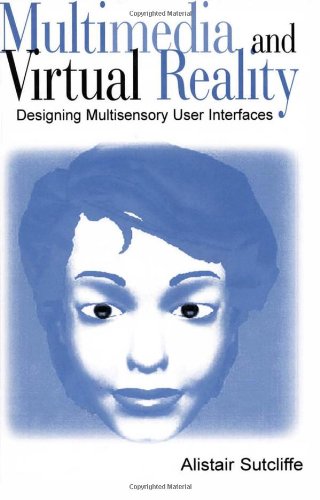
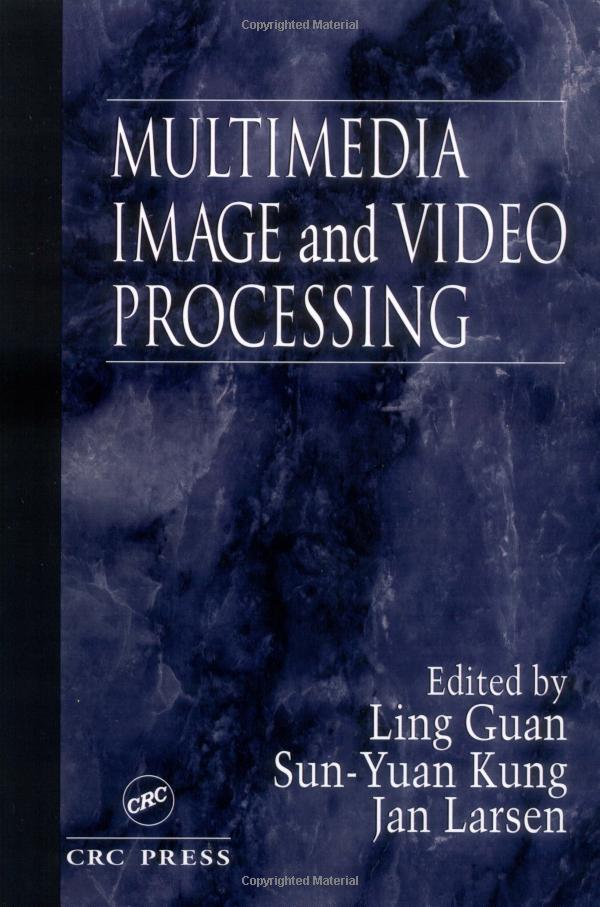
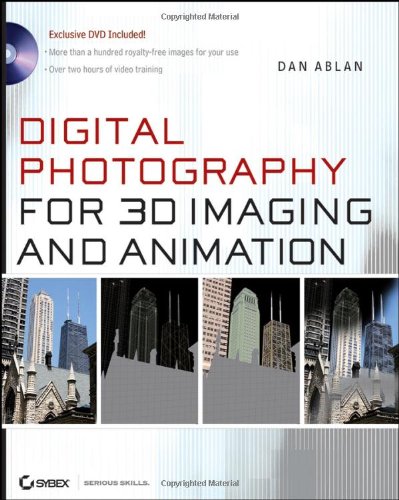


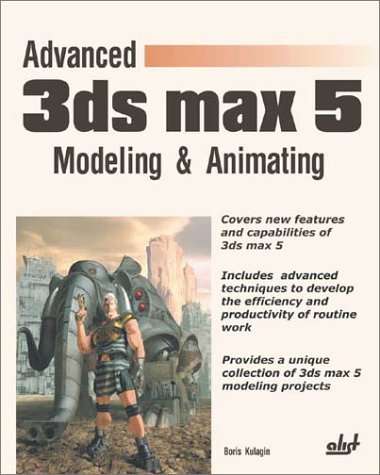
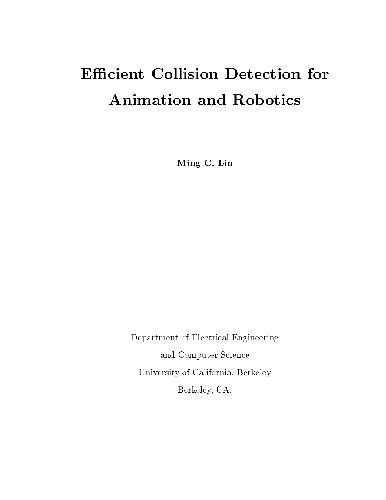
Reviews
There are no reviews yet.